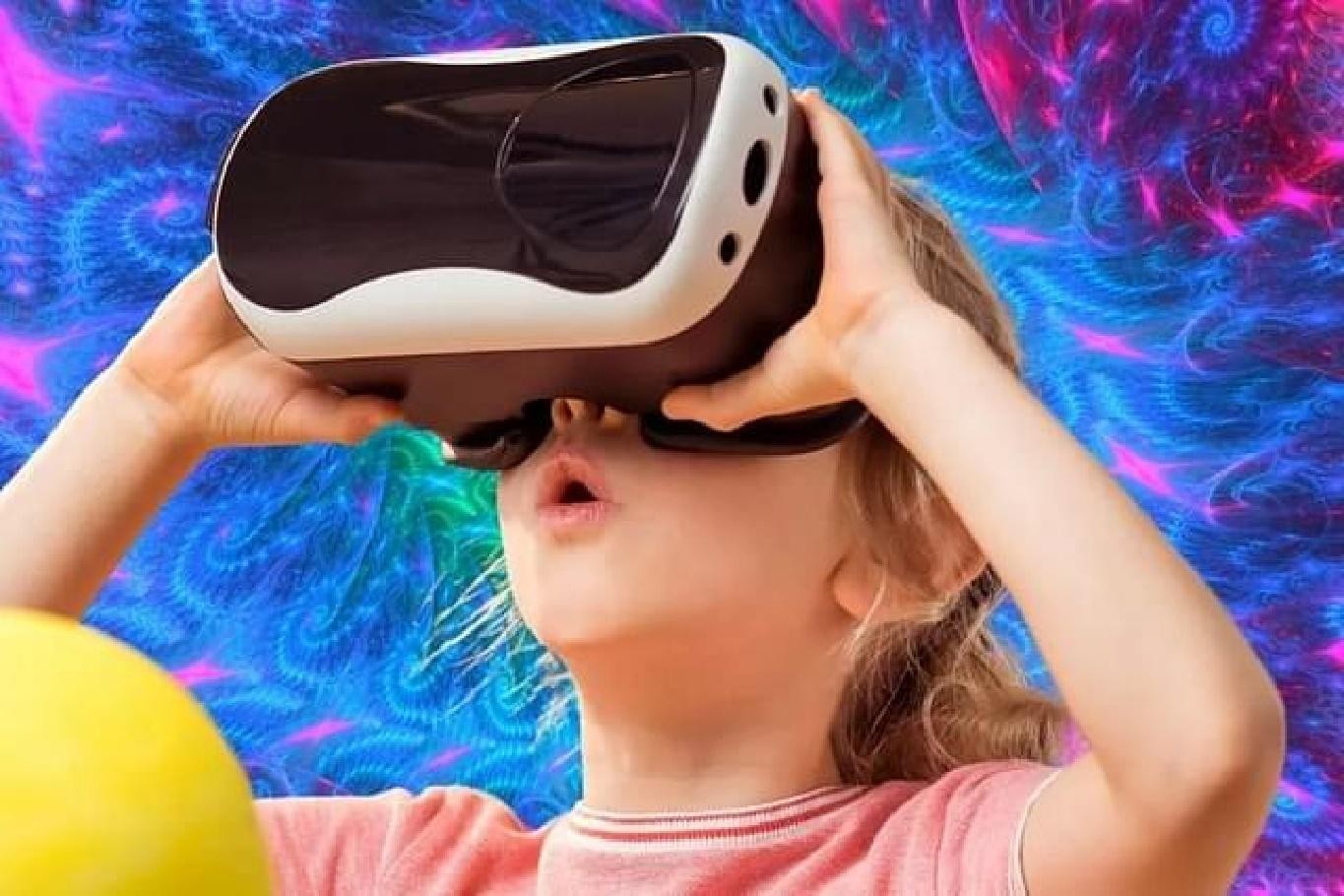
Imagine receiving the teachings of the Bhagavad Gita directly from Lord Krishna. This isn’t a fantasy involving a sci-fi time machine whisking you back to the Kurukshetra war. Instead, picture yourself in your living room, embodying the role of Arjuna, seeking guidance for your personal struggles through the wisdom of the Gita, delivered by an avatar of Krishna, visible through Ray-Ban Meta glasses.
This futuristic scenario is becoming a reality through the metaverse environment inspired by the Mahabharata, combined with a specialized AI language model trained on the Bhagavad Gita and its various commentaries. Although I haven’t experienced this yet, it seems we are on the brink of such possibilities, thanks to projects like Mahabharat in the Metaverse by BharatBox and Mythoverse.
These and similar initiatives are set to revolutionize the intersection of technology and Hindu faith traditions, including the Puranas and Itihasas. Historically, Hindu scriptures are written in Sanskrit. Due to the influence of colonialism, we have largely moved away from this language, rendering the Vedas and other scriptures inaccessible to many. Even for those who understand Sanskrit, there is often missing information due to incomplete records and cave writings.
Artificial intelligence is transforming this scenario by breaking down language barriers and restoring missing information through machine learning. Startups such as Mokx.org are already creating AI datasets based on Vedic scriptures and developing interactive interfaces similar to ChatGPT, which can answer questions from laypersons.
As a result, we may soon encounter an AI-based guru in our spiritual journeys before meeting a real-life one. This doesn’t diminish the value of a human guru; rather, it suggests a multi-step engagement process for young people exploring the Hindu faith.
Initially, children might immerse themselves in role-playing games such as participating in the Rasa-leela as gopis in a Brindavan metaverse, engaging in singing and dancing from their couches. The next day, they might experience a virtual bungee jump as Prahlada, pushed off a cliff by Hiranyakashipu, needing to chant “Narayana” to land safely. Such experiences would deeply engage them with the stories of the Puranas.
After role-playing, these children would transition to gamified discussions, seeking answers to questions raised by their gameplay. They might interact with a virtual Krishna for a Gita discourse or accompany Adi Shankaracharya on his journeys, exploring Advaita philosophy through immersive samvad (dialogues).
Next, they would immerse themselves in a virtual Himalayan world for deep meditative experiences from their living rooms. Typically, many of us get distracted during meditation, but an immersive virtual environment with appropriate stimuli could enhance focus and engagement.
Ultimately, while engaged in deep meditation, they might recognize the need for more specific spiritual guidance, at which point they would seek out a real-life guru. This immersive process could lead to profound personal spiritual development, resulting in a generation of highly self-evolved individuals.
To realize these imaginative scenarios, significant opportunities will arise for entrepreneurs focused on building Indic characters based on the Puranas, creating metaverse environments for Itihasas, developing graphics for immersive worlds like Brindavan or Ayodhya, and creating AI datasets based on the Vedas. This blend of technology and tradition has the potential to transform how people engage with the Hindu faith.













